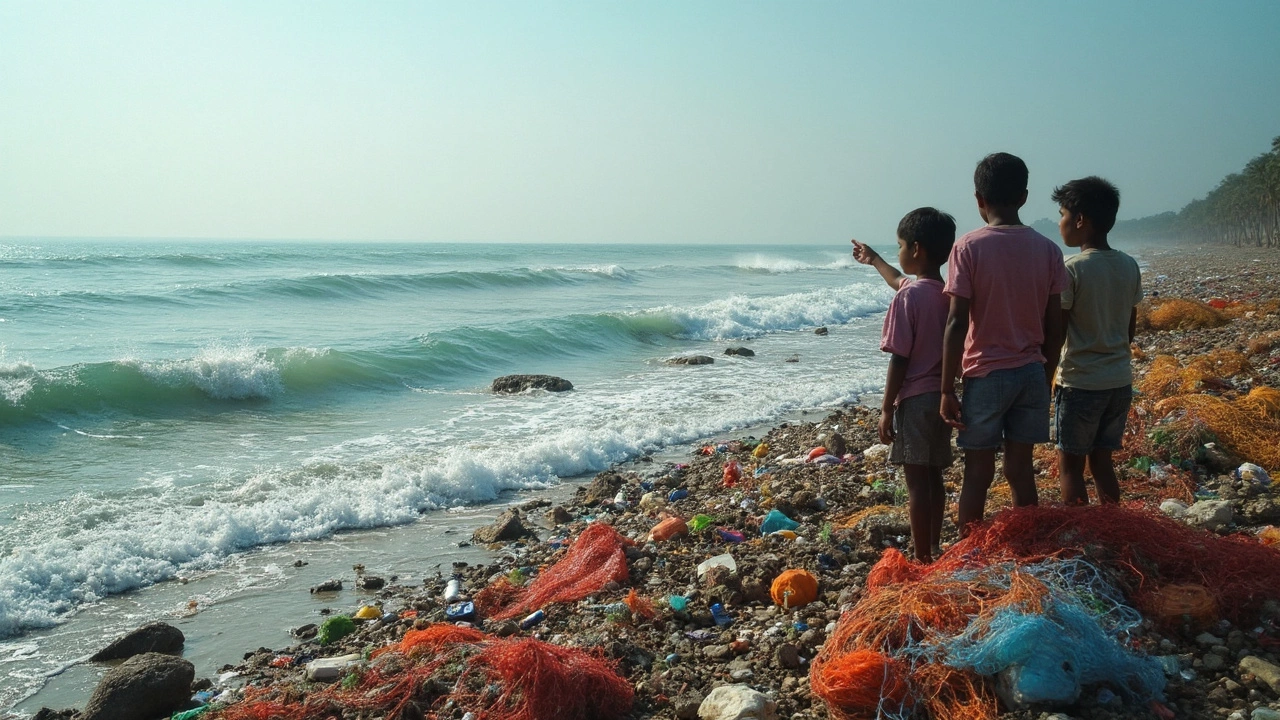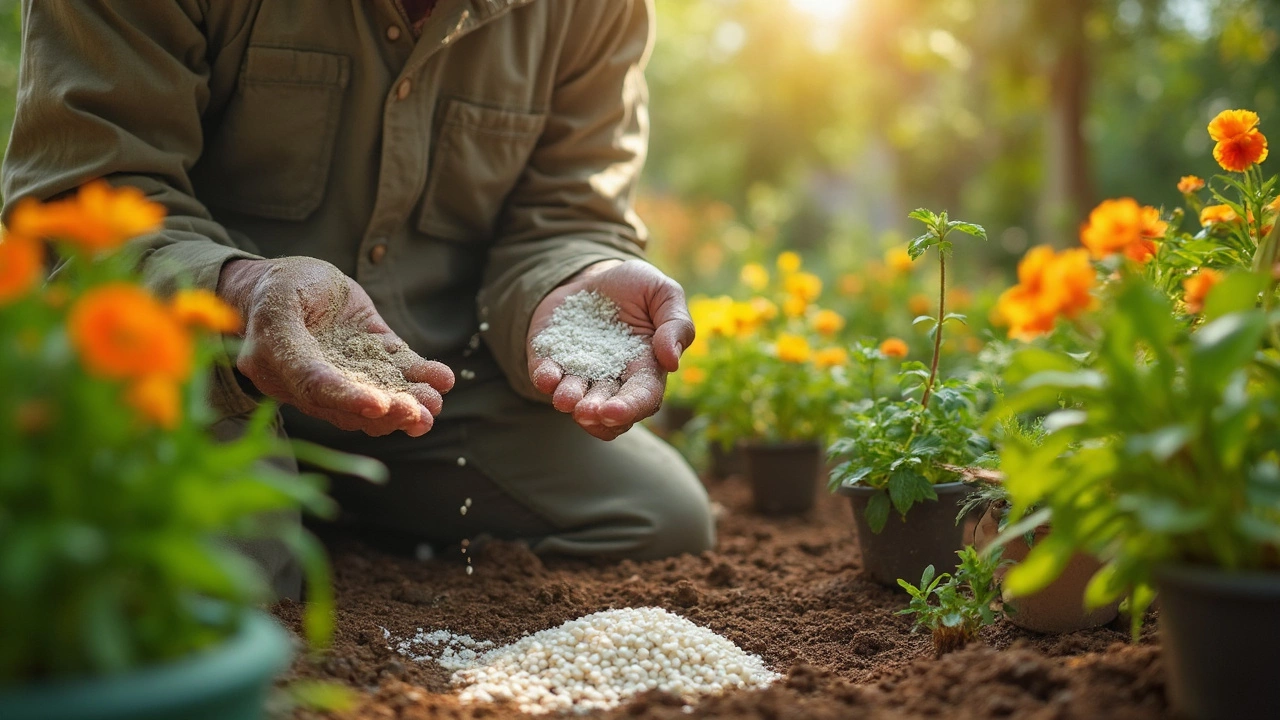Marine Debris: What It Is and Why It Matters
When talking about marine debris, any human‑made material that ends up in the sea – from single‑use bottles to abandoned fishing gear. Also known as ocean litter, it threatens wildlife, messes up food chains, and costs billions to clean up. plastic pollution, the buildup of plastic fragments and micro‑plastics in marine habitats is the biggest slice of that problem, accounting for over 80% of the total weight of debris. The link is clear: marine debris encompasses plastic waste, and every piece of plastic you see on a beach started its journey as a product of sustainable manufacturing, production methods that aim to cut waste, lower emissions, and use recycled feedstock. When factories adopt greener practices, they reduce the amount of material that can become ocean litter later on. Likewise, effective recycling, the process of collecting, sorting, and re‑processing waste into new products creates a closed‑loop system that keeps plastic out of rivers and, ultimately, out of the sea. In short, marine debris is a symptom, while plastic pollution, sustainable manufacturing, and recycling are the causes and the cures.
How Current Industry Trends Shape Ocean Health
One of the hottest topics in the manufacturing world right now is the demand for recycled plastics. Articles about the 2025 plastic market show that rPET, rHDPE, and rPP are gaining ground because they lower the need for virgin resin – a direct win for the oceans. This shift illustrates the triple relationship: recycled plastic demand, the rising market need for plastics made from post‑consumer waste drives manufacturers to invest in cleaner processes, which in turn reduces the volume of waste that could become marine debris. Another key player is waste‑management policy. When cities enforce stricter landfill rules and invest in collection infrastructure, they cut the amount of trash that escapes into waterways. That policy‑driven effort creates a semantic link: waste management, systems for handling, transporting, and disposing of solid waste influences the level of ocean waste, and better waste management means less marine debris.
All of this context matters because the posts you’ll find below dig into practical tips and real‑world data. Some explain why daily watering of container gardens doesn’t need to involve plastic bottles, others break down which plastics are most in demand for 2025 and how that impacts the waste stream. There are also deep‑dive pieces on how manufacturing jobs in the UK pay well, but more importantly, how those jobs can transition to greener, low‑impact roles that keep waste out of the oceans. By connecting the dots between industry trends, policy moves, and everyday actions, you’ll see a full picture of how we can turn the tide on marine debris. Keep reading to discover actionable insights, case studies, and expert advice that show exactly how each of these entities works together to protect our seas.
Plastic Pollution in the Ocean: What’s the Biggest Offender?
Plastic pollution in the ocean is out of control, but some types of plastic waste are bigger problems than others. This article breaks down which plastic is the worst culprit and why it dominates the ocean trash pile. You’ll get the facts behind the most common ocean plastics, how they get there, and tips for both companies and individuals to tackle the issue. Pragmatic, data-driven, and full of actionable takeaways for anyone interested in making a difference. If you care about ocean health or your company’s environmental footprint, this is essential reading.
- manufacturing
- India
- food processing
- garden tips
- rice cultivation
- government schemes
- balcony garden
- urban gardening
- balcony gardening
- profitable business
- business ideas
- plastic manufacturing
- drip irrigation
- plant care
- steel manufacturing
- sustainable gardening
- startup ideas
- steel industry
- flower gardening
- textile manufacturers






